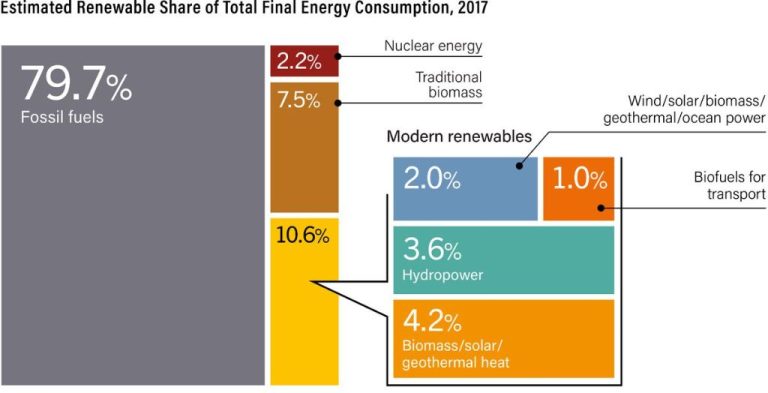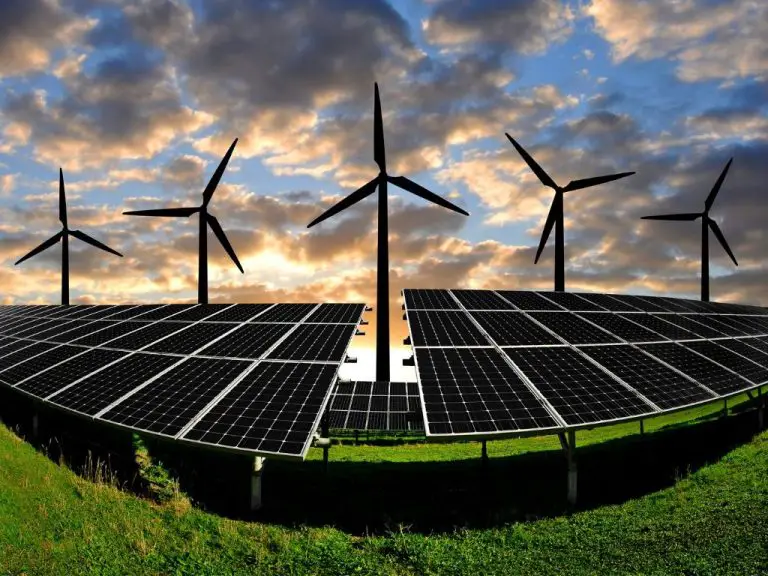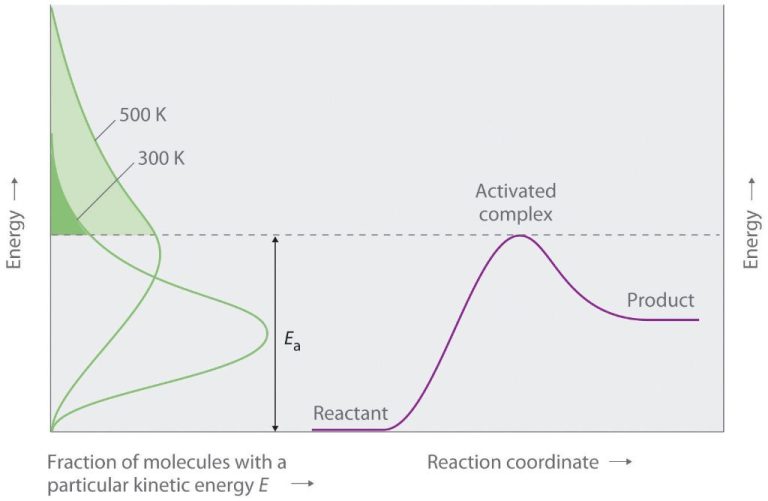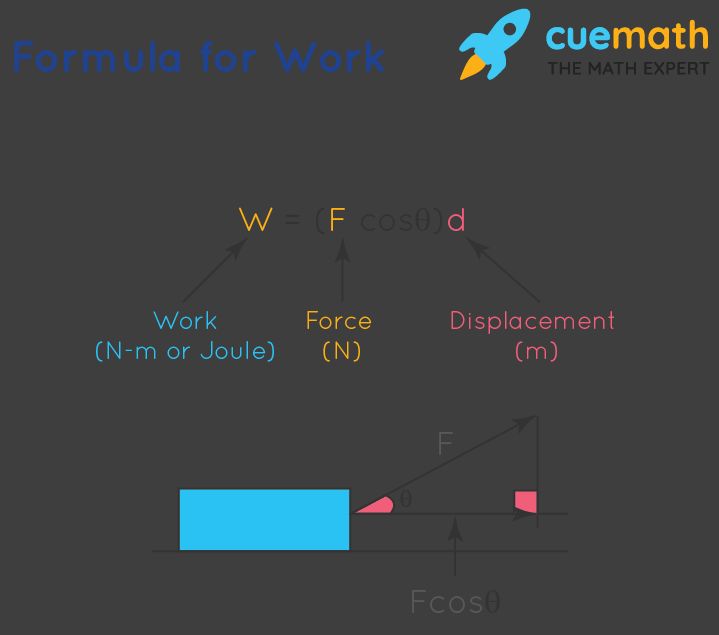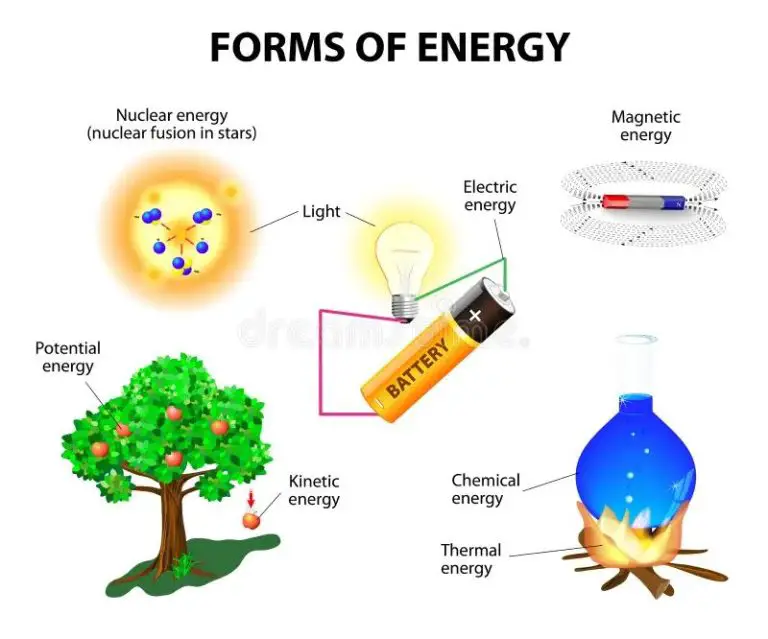What State Has A 100% Renewable Goal?
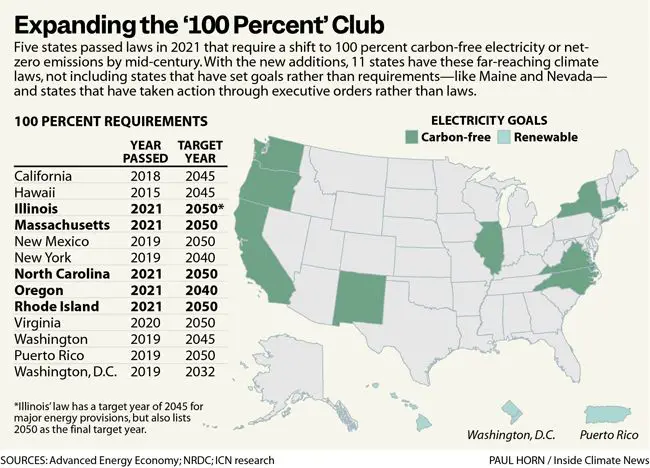
In recent years, several U.S. states have set ambitious goals to transition to 100% renewable energy. This represents a major shift and commitment to clean energy sources like solar, wind and hydropower over fossil fuels which contribute to climate change and pollution. According to the National Conference of State Legislatures, as of 2021 at least 8 states and territories have passed legislation or executive orders establishing 100% clean electricity or renewable portfolio standards. The push for 100% renewable reflects the urgency of climate action and desire for environmentally-friendly energy.
Hawaii
Hawaii made history in 2015 when it became the first U.S. state to set a 100% renewable portfolio standard (RPS) for electricity generation. Governor David Ige signed House Bill 623 into law, which mandated that the state’s utilities generate 100% of their electricity sales from renewable energy resources by December 31, 2045. According to the Hawai’i Clean Energy Initiative, this bold renewable energy goal will help the state reduce its dependence on imported fossil fuels, stabilize energy prices, and provide clean energy jobs.
The 100% RPS law built upon Hawaii’s previous renewable energy laws and goals. In 2008, Hawaii already had a 20% by 2020 RPS. Then in 2012, legislation raised the RPS to 40% by 2030. The 2015 law took it a step further by requiring 30% renewables by 2020, 40% by 2030, 70% by 2040, and finally 100% by 2045. This gradual increase in targets over the years enabled a transition timeline that utilities and stakeholders could follow.
To track progress, Hawaii’s Department of Business, Economic Development and Tourism releases annual reports detailing the islands’ renewable energy usage. In 2021, 34% of net electricity generation in the state came from renewable resources, putting it on target to meet the upcoming milestones.
California
In 2018, California passed Senate Bill 100, which established a 100% clean electricity target for the state by 2045. The bill, known as The 100 Percent Clean Energy Act of 2018, was signed into law by Governor Jerry Brown. It codified an executive order issued by Brown earlier that year directing California’s electricity providers to reach 50% renewable energy by 2025, 60% by 2030, and 100% by 2045 (Public – California Legislative Information).
This ambitious renewable energy goal is part of California’s efforts to combat climate change and reduce greenhouse gas emissions. The state is one of the largest economies in the world and a pioneer in renewable energy policy. Transitioning its electricity generation to 100% renewable sources like solar, wind and geothermal is a major undertaking.
To reach the 100% target, California will need to rapidly build out utility-scale renewables as well as distributed energy resources like rooftop solar. There are challenges around integrating large amounts of intermittent renewables into the grid while maintaining reliability. However, supporters believe it is technologically feasible with grid modernization, energy storage, demand response and other innovations.
New Mexico
New Mexico is one of the front-leaders of 100% clean energy targets after becoming the third U.S. state to mandate 100% carbon-free electricity by 2045 when Governor Michelle Lujan Grisham signed the Energy Transition Act (ETA) into law on March 22, 2019. The ETA requires New Mexico utilities to reach 50% renewable energy by 2030, 80% by 2040, and then 100% carbon-free electricity by 2045. The bill also phases out coal-fired power plants and provides assistance to impacted communities.
New Mexico has abundant solar and wind energy resources with the potential to meet and exceed the state’s electricity needs cost-effectively. The state currently generates over 20% of its electricity from renewable sources, mostly wind and solar. The ETA sets the framework to utilize New Mexico’s renewable resources to transition to a fully carbon-free electric grid within the next 25 years.
While ambitious, analysts have found the 100% goal achievable with new wind, solar, and energy storage investments combined with regional grid cooperation. Wider electrification, energy efficiency gains, and emerging technologies will further aid the transition. But challenges remain in updating grid infrastructure, building storage, and maintaining reliability and affordability through the renewables ramp-up over the next decades.
Washington
In 2019, Washington passed the 100% Clean Energy Act, which requires the state’s utilities to transition to carbon-neutral electricity by 2030. This landmark legislation puts Washington on a path to completely eliminate fossil fuels from its electricity supply.
The law establishes interim targets starting in 2022 that utilities must meet through acquiring renewable resources like wind and solar, as well as using clean energy technologies like energy storage. By 2025, 80% of electricity delivered to Washington customers must come from renewable or non-emitting sources. That increases to 100% by 2030 and all years thereafter.
To ensure a just transition, the law prioritizes investments in communities with a high energy burden and areas affected by closures of fossil fuel plants. It also directs utilities to maximize family-wage job creation and use labor agreements for renewable energy projects. Overall, the 100% Clean Energy Act sets an ambitious timeline for Washington to achieve a carbon-free electricity grid within the next decade.
Maine
In June 2021, Maine Governor Janet Mills signed into law LD 1781, titled “An Act To Increase Maine’s Renewable Portfolio Standard and Improve Maine’s Energy Future” (Governor Mills Signs Major Renewable Energy and Climate Change Bills Into Law). This legislation establishes a new renewable portfolio standard (RPS) for Maine requiring 80% renewable energy by 2030 and setting a goal of 100% renewable energy by 2050 (State of Maine Renewable Energy Goals Market Assessment). The law accelerates Maine’s previous RPS benchmark of 40% by 2030. It also directs the Maine Public Utilities Commission to procure long-term contracts for clean energy generation, with the goal of lowering rates for Maine residents while creating new clean energy jobs in the state.
Virginia
In 2020, Virginia passed the Virginia Clean Economy Act, which sets a target for Virginia to produce 100% of its electricity from carbon-free sources by 2050.
The Act mandates that by 2045, Dominion Energy and Appalachian Power, Virginia’s two largest utilities, must generate all electricity from renewable energy sources like solar and wind. The remaining 5% can come from nuclear or renewable energy credits.
The Act also requires utilities to close all carbon-emitting plants in Virginia by 2045. This represents a major transition away from fossil fuels towards renewable energy.
To meet the 100% target, utilities will have to rapidly build out solar, onshore wind, and offshore wind facilities. The Act contains milestones for adding over 16,000 megawatts of solar and wind capacity. By 2030, 30% of energy must come from renewable sources.
The Act will also expand energy efficiency programs, increase access to rooftop solar, establish a offshore wind development authority, and provide incentives for renewable energy projects. Overall the Act puts Virginia on a path to a clean energy future and cuts carbon emissions from the electricity sector.
Other States
Several other states have also set ambitious renewable energy goals, though they stop short of 100% renewable electricity. For example, New York aims to get 100% of its electricity from carbon-free sources by 2040, with 70% coming specifically from renewable sources like wind and solar. Wisconsin has a goal of 100% carbon-free electricity by 2050. Massachusetts is targeting 35% renewable electricity by 2030 and net-zero emissions by 2050. Colorado has mandated 80% emissions reductions below 2005 levels by 2050, which will likely require high renewable energy adoption. Oregon passed a bill in 2021 targeting 80% clean electricity by 2030 and 90% by 2035. While not quite 100% renewable, these states are still working towards major transformations of their electricity grids. According to data from the Clean Energy States Alliance, 16 states plus Washington D.C. and Puerto Rico now have 100% clean or renewable electricity targets (source).
Challenges
States aiming for 100% renewable energy face several challenges in achieving this goal. Some key challenges include:
– Cost – Transitioning to renewable energy sources like wind and solar requires major upfront investments in infrastructure. This can be expensive for states and utility companies. There are also costs associated with modernizing and upgrading electricity grids to handle more diverse power sources.
– Reliability – Renewable sources like wind and solar are intermittent and weather-dependent. Maintaining consistent power supply and grid reliability with 100% renewables is technologically challenging, especially as electricity demand fluctuates.
– Storage – Effective energy storage solutions are needed to capture excess renewable electricity when demand is low and discharge it when demand is high. Storage technology remains expensive and limited.
– Resistance – The fossil fuel industry and related interests often resist renewable energy policies and investments. Overcoming political opposition can be difficult.
– Timeline – Shifting an entire state electric grid to 100% renewables is a lengthy process. Most states with 100% goals have target dates of 2040 or beyond. Progress takes time.
While achieving 100% renewable electricity faces hurdles, proactive policies, grid modernization, advancing technologies, falling costs, and public pressure for clean energy make the goal attainable for motivated states over the long-term. But the transition requires overcoming significant techno-economic and political challenges.
Sources:
https://iaeme.com/uploads/IAEME_IJARET_Google_Scholar_Indexing_Links.pdf
Conclusion
In summary, a growing number of U.S. states have set ambitious 100% renewable energy goals. Hawaii was the first state to establish a 100% renewable target by 2045. California followed by mandating 100% clean electricity by 2045. New Mexico, Washington, Maine, and Virginia have also passed laws requiring 100% carbon-free electricity by 2040-2050.
While reaching 100% renewables faces challenges around reliability, transmission infrastructure, and costs, these states are leading the way in demonstrating it’s possible to transition to a clean energy system. As more states follow suit, the momentum for a national 100% renewable energy standard will continue to build. Achieving these goals will bring major health, environmental, and economic benefits while tackling climate change.

